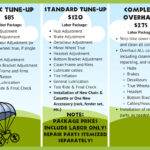Mountain biking is an exhilarating sport, but discomfort from the wrong saddle can quickly ruin a ride. Saddle soreness and pain are common complaints among both beginners and seasoned riders. Finding the Best Mountain Bike Saddle is crucial for enjoying your time on the trails. This guide will help you understand what contributes to saddle comfort and how to choose the right saddle for your needs.
Saddle pain can affect any mountain biker, regardless of experience level. Let’s explore how to achieve optimal saddle comfort for your mountain biking adventures.
Many factors can lead to saddle discomfort. If you’re experiencing pain or chafing, systematically address these potential issues to improve your ride quality. Often, a combination of small adjustments can significantly enhance your comfort.
Remember that your riding posture greatly influences your hip position. A saddle that felt perfectly comfortable on a casual hybrid bike might become unbearable when you switch to a mountain bike with a more aggressive riding position. This is because mountain bikes often require a forward lean, shifting weight distribution and pressure points.
The goal is to position your sit bones on the saddle’s supportive section, bearing your weight effectively. You want to relieve pressure from sensitive soft tissues in the perineal area and prevent any rubbing. While resources often focus on women’s saddle comfort, the principles of saddle fit and adjustment apply to all riders.
Simple Adjustments to Improve Your Current Saddle Setup
Before investing in a new saddle, consider these adjustments to your current setup. They might resolve your discomfort.
- Saddle Height: Ensure your saddle height allows for a slight bend in your knee at the bottom of your pedal stroke. Overextension or excessive knee bend can lead to rocking hips and saddle discomfort. You should be able to reach the pedals without fully extending your legs or feeling like you’re stretching.
- Saddle Fore/Aft Position: The horizontal position of your saddle is critical for sit bone placement. Ideally, your sit bones should be positioned on the widest part of the saddle when you are in your typical riding position. Experiment with sliding the saddle forward or backward on its rails to find this sweet spot.
- Saddle Tilt: A level saddle is often a good starting point. However, slight adjustments to the tilt can make a significant difference. A slightly forward tilt can be beneficial for mountain biking, particularly for women, as it can reduce pressure on the perineal area. Avoid excessive tilting, as it can cause you to slide forward or put too much pressure on your hands and wrists.
Small, incremental changes are key. Make one adjustment at a time and test it on a short ride before making further alterations. This iterative process will help you dial in the optimal saddle position.
Key Features to Consider When Choosing a New Mountain Bike Saddle
If adjustments to your current saddle don’t solve the problem, it might be time for a new saddle. Here are essential features to consider when selecting the best mountain bike saddle for you:
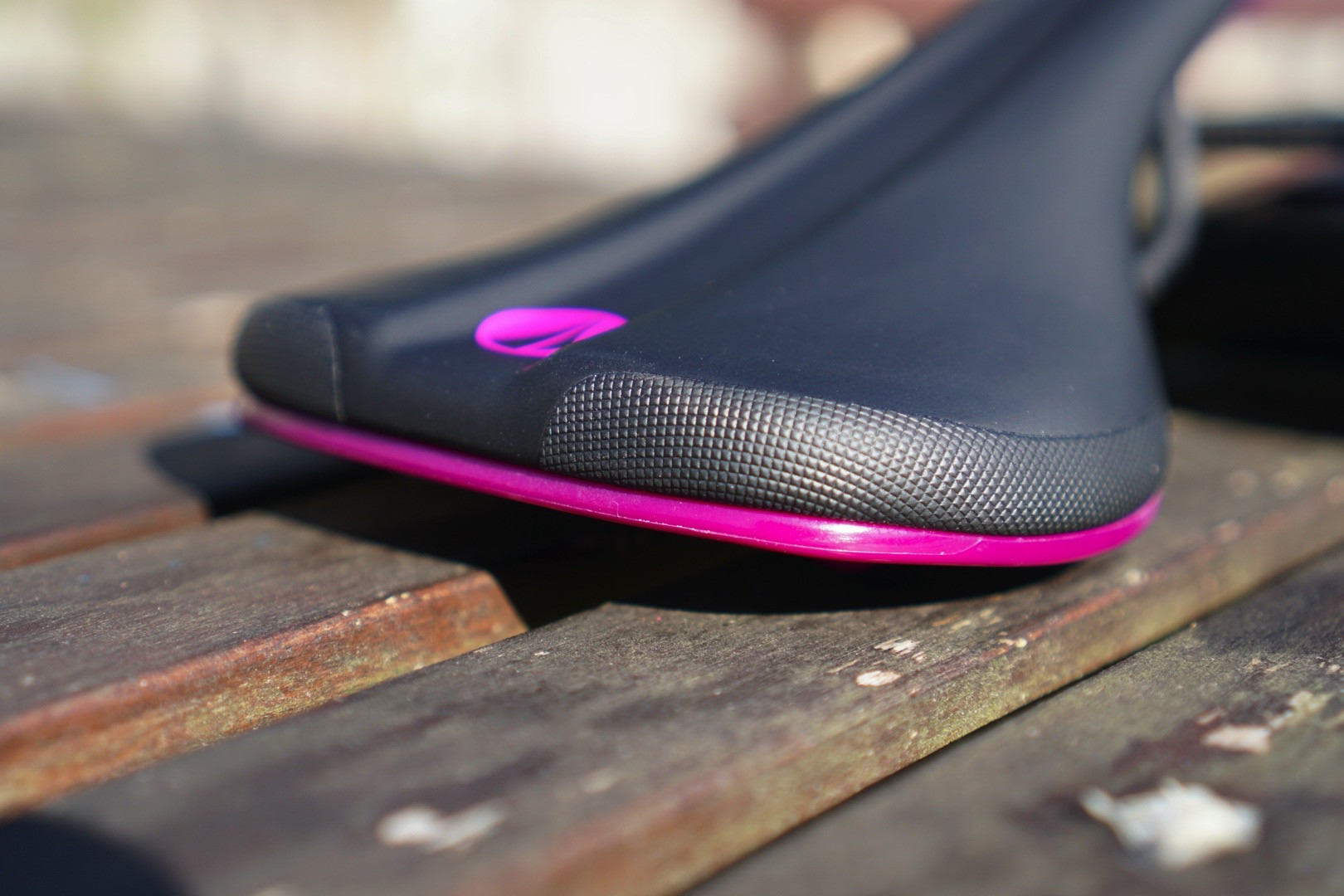 SDG Bel Air mountain bike saddle for comfortable riding
SDG Bel Air mountain bike saddle for comfortable riding
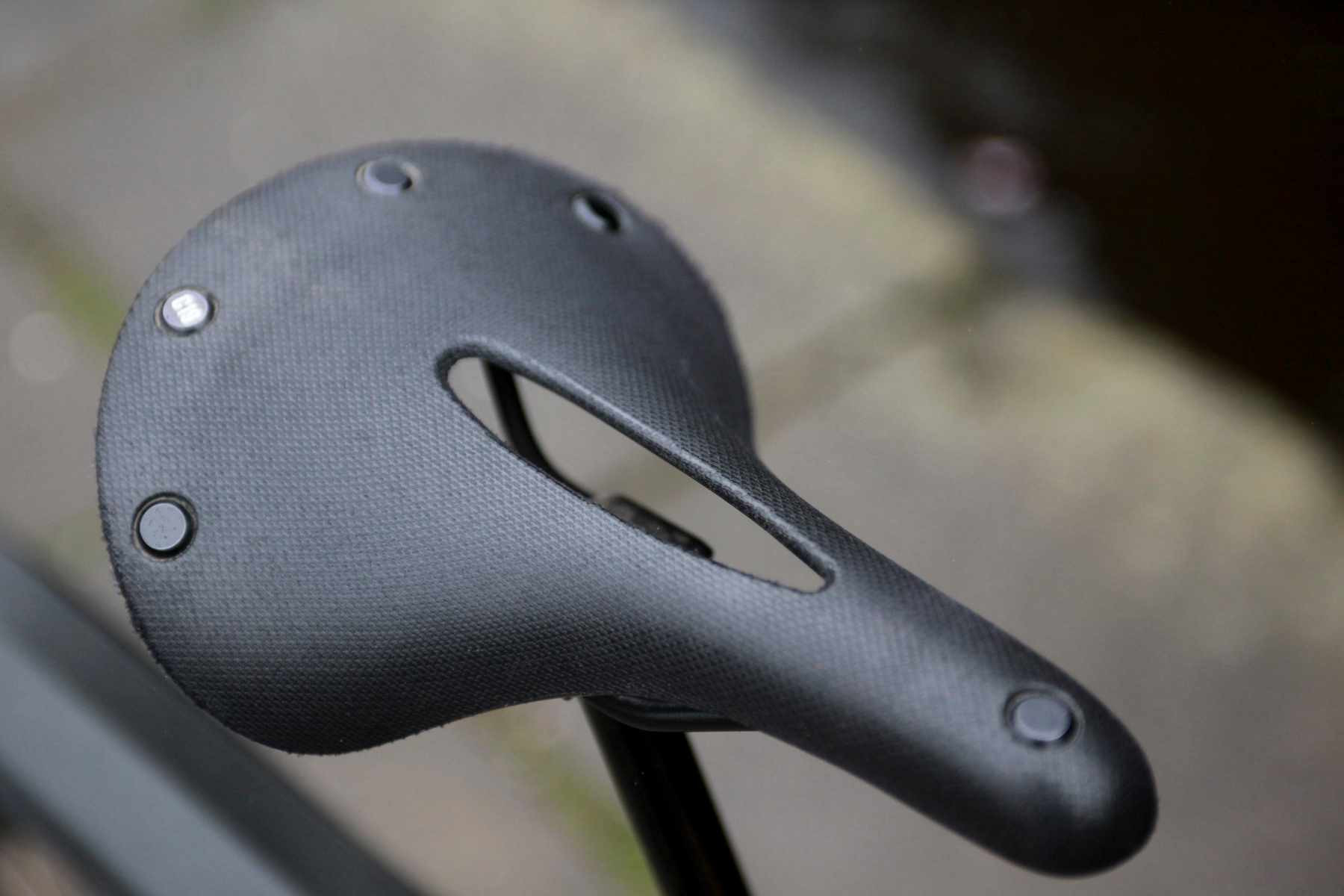 Brooks mountain bike saddle known for durability and classic style
Brooks mountain bike saddle known for durability and classic style
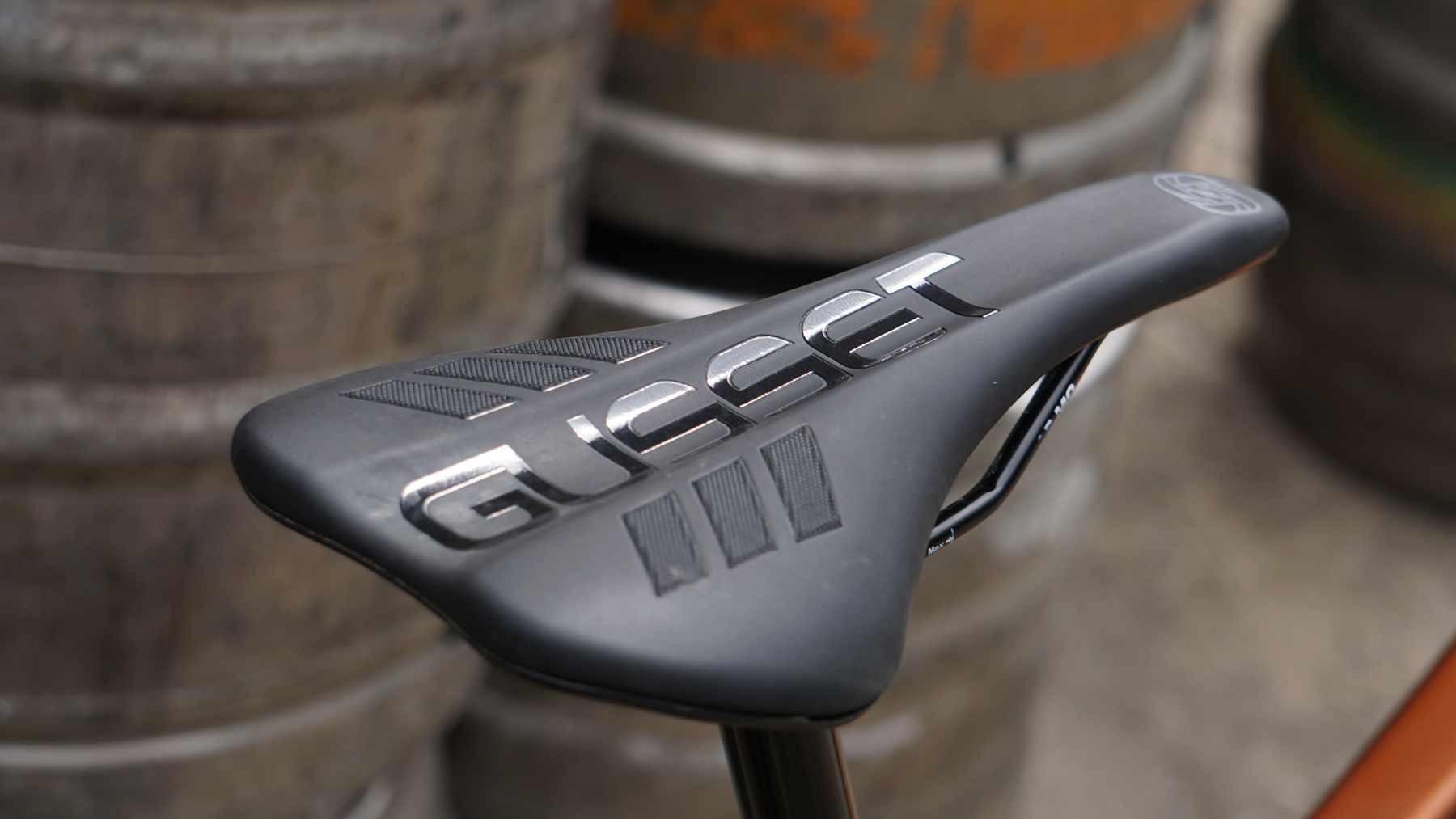 Specialized mountain bike saddle with ergonomic design
Specialized mountain bike saddle with ergonomic design
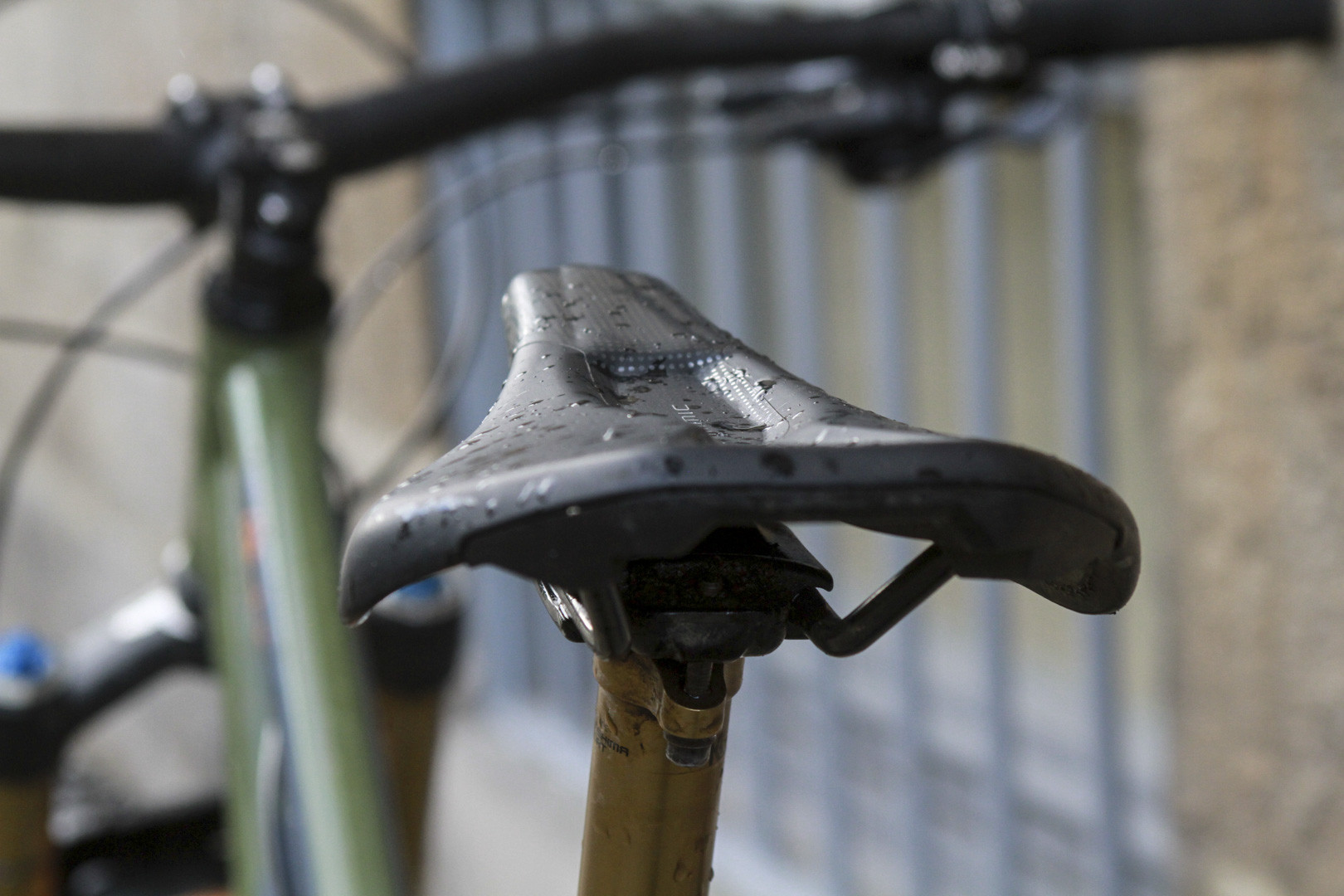 Specialized women's mountain bike saddle with Mimic technology
Specialized women's mountain bike saddle with Mimic technology
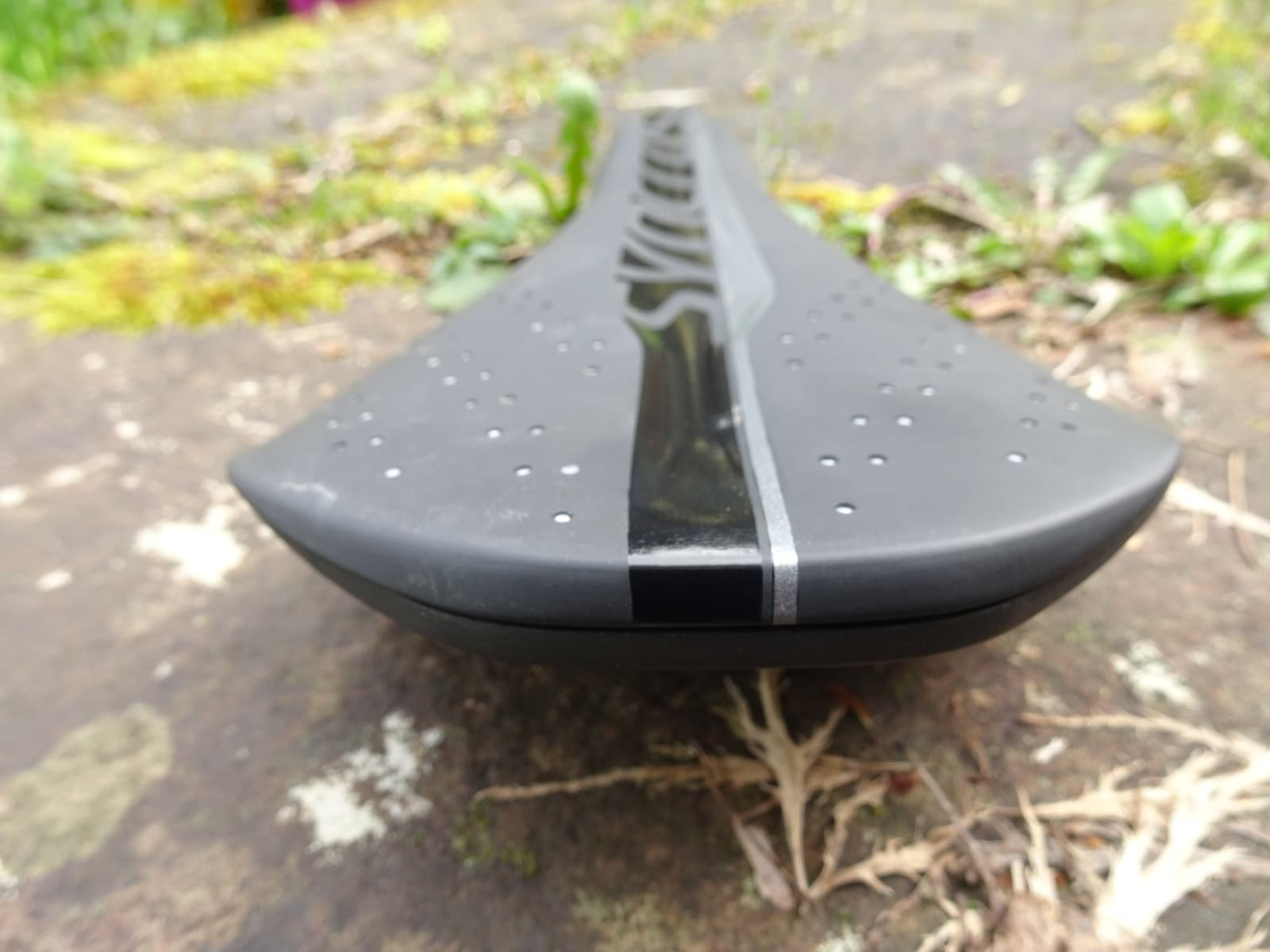 Syncros XR carbon mountain bike saddle for lightweight performance
Syncros XR carbon mountain bike saddle for lightweight performance
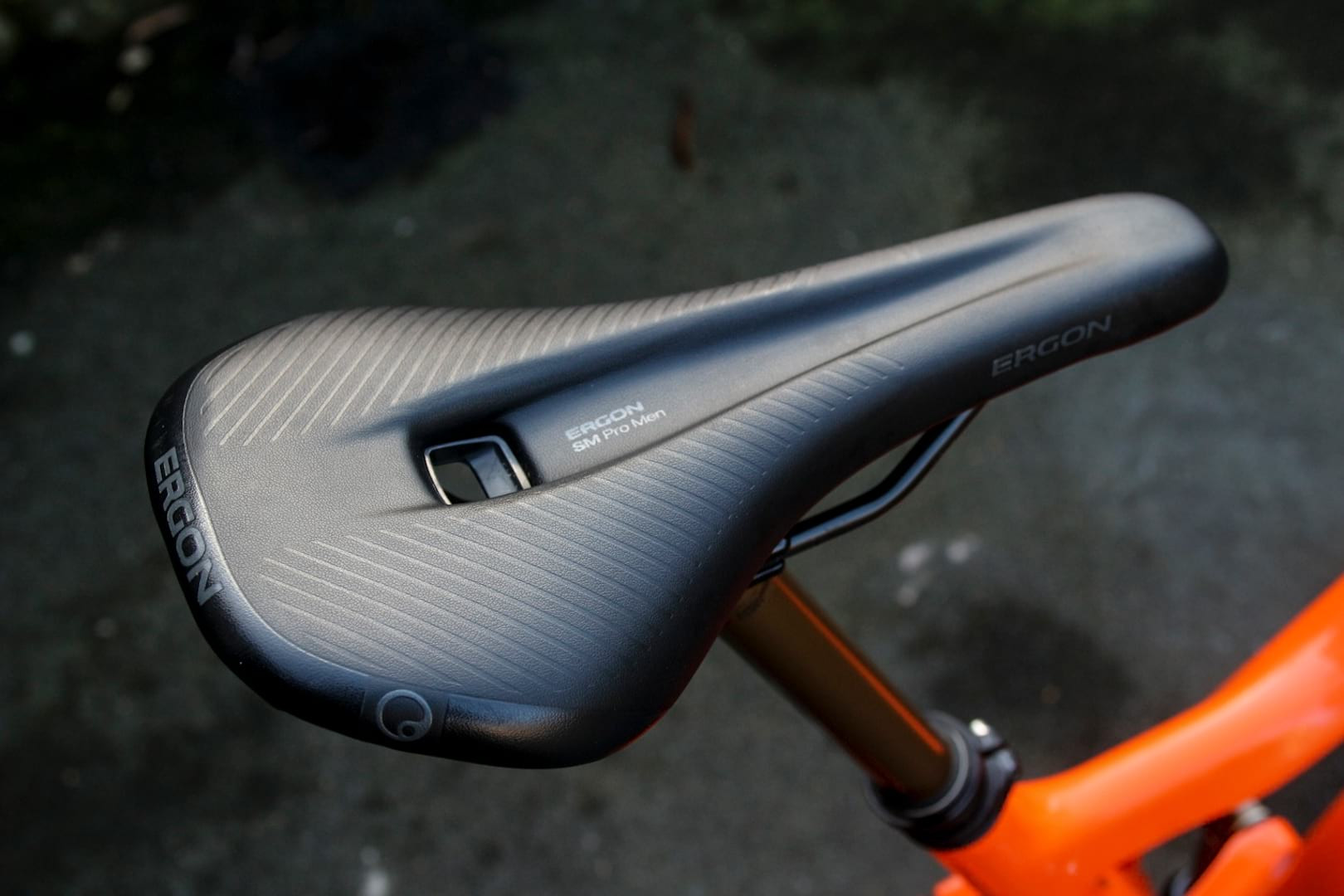 Ergon mountain bike saddle designed for ergonomic support
Ergon mountain bike saddle designed for ergonomic support
Mountain bike saddles come in a variety of shapes and sizes to suit different riders and riding styles.
-
Saddle Width: Saddle width is paramount for comfort. Saddles come in various widths, designed to accommodate different sit bone distances. Choosing the correct width ensures your sit bones are supported, preventing pressure on soft tissues. You can measure your sit bone width at home using a simple method:
- Place a piece of aluminum foil or corrugated cardboard on a carpeted stair or cushion.
- Sit on it with your feet off the floor, mimicking your riding posture, ensuring your weight is concentrated on your sit bones.
- Stand up and measure the distance between the centers of the two indentations left by your sit bones.
Once you have this measurement, consult saddle manufacturers’ guidelines to find the appropriate saddle width for you. Many brands offer size charts and saddle finders to assist in this process.
-
Saddle Profile (Shape): The saddle’s curvature, or profile, impacts pressure distribution. A saddle that is too curved, or excessively rounded, might intrude into your soft tissue areas instead of supporting your sit bones. A flatter saddle profile is often preferable for mountain biking, as it provides a broader platform for support and allows for more freedom of movement.
-
Cutout or Relief Channel: Many modern saddles feature a cutout or recessed channel in the center. This design element is intended to alleviate pressure on the perineal area. Look for a cutout that is sufficiently long and wide to provide relief even as your hips rotate forward when leaning into the handlebars, a common position in mountain biking.
-
Saddle Finish and Materials: The saddle’s outer material and construction also contribute to comfort. Avoid saddles with excessively slippery surfaces that can cause unwanted movement. Similarly, raised seams or edges can create pressure points and chafing. A smooth, durable, and slightly textured finish is ideal. Consider the padding material as well; while more padding might seem better, overly soft padding can compress and actually increase pressure over longer rides. Look for medium-density padding that provides support without being too plush.
After purchasing a new saddle, remember to revisit your saddle position adjustments. A new saddle, even if the “best mountain bike saddle,” might require fine-tuning of height, fore/aft, and tilt to achieve optimal comfort.
Addressing Common Mountain Bike Saddle Issues
Why does my bum hurt when I’m riding?
If you experience sit bone pain, ensure your sit bones are correctly positioned on the saddle’s body. Double-check your saddle height – a saddle that is too high can cause excessive pressure and discomfort. Consider using padded cycling shorts (chamois shorts) and chamois cream to reduce friction and add a layer of comfort.
Why do I get chafing and blisters?
Chafing and blisters indicate friction. Evaluate your saddle width. If the saddle is too narrow, your sit bones might hang off the edges, causing rubbing. Conversely, a saddle that is too wide can cause the edges to rub against your inner thighs. Ensure your chamois shorts fit properly and are not bunching or moving excessively.
Do I just need to toughen up?
If the pain is concentrated in your soft tissue areas (perineum or labia), the answer is definitely no, you shouldn’t just “tough it out.” This type of pain is a sign of excessive pressure on sensitive tissues and needs to be addressed. Ensure you are not bearing weight on these areas. A saddle with a cutout and proper bike fit are crucial. Chamois shorts and chamois cream are also highly recommended to minimize chafing and friction.
The Importance of Cycling Clothing for Saddle Comfort
For rides exceeding 30 minutes, especially in a forward-leaning mountain biking posture, cycling-specific chamois shorts are highly beneficial. Here are features to look for in quality chamois shorts:
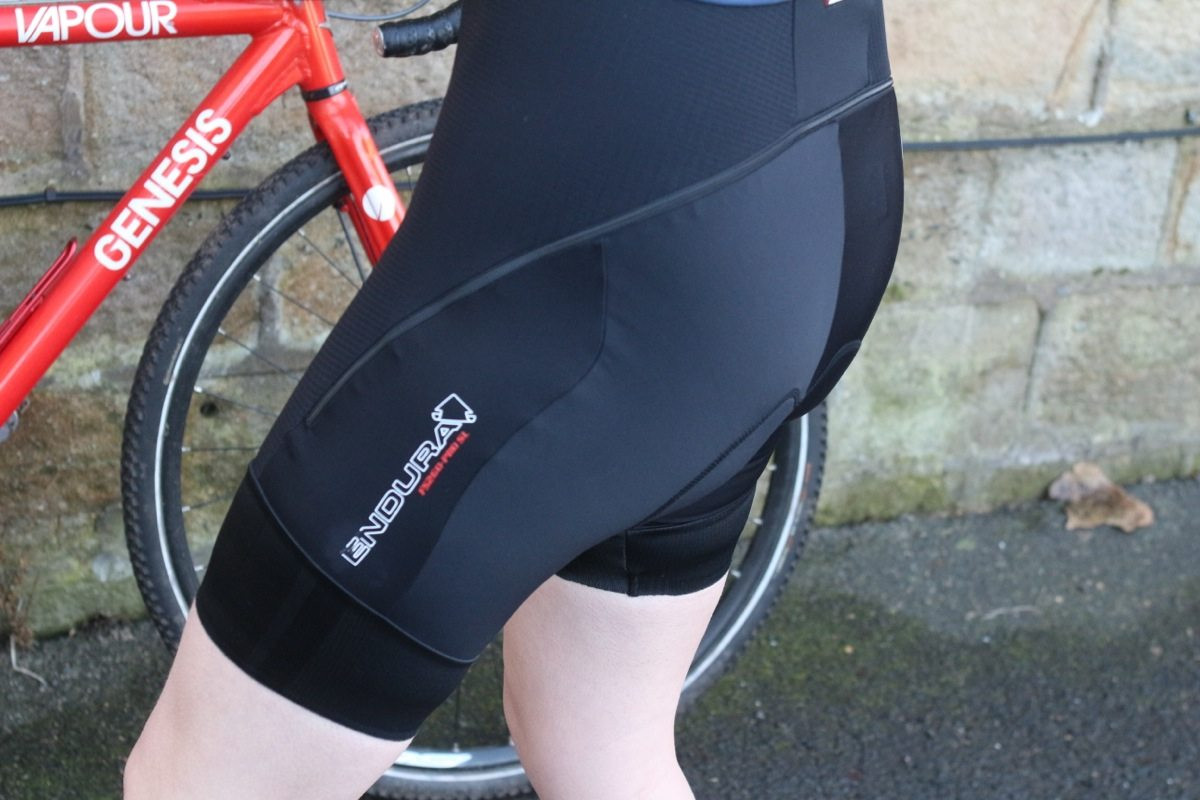 Endura chamois shorts for improved saddle comfort
Endura chamois shorts for improved saddle comfort
A well-fitting, high-quality chamois can significantly improve saddle comfort.
-
Seams and Stitching: Higher-quality shorts feature flat, minimal seams to reduce chafing. Invest in shorts with well-constructed chamois pads rather than relying on basic padding often found in inexpensive or generic cycling shorts.
-
Chamois Fit: The chamois pad should fit snugly against your body without excessive bulk. Avoid chamois that are too thick or bulky, as they can fold, move, and cause friction. The chamois should provide stable support and minimize rubbing rather than acting solely as cushioning.
-
Chamois Shape and Design: Women’s-specific chamois pads are designed to provide padding where it’s needed most for the female anatomy, typically thinner in the front and thicker under the sit bones. Some chamois feature grooves or contours; these might work for some but can create pressure points for others. Experiment to find what shape suits you best.
-
Wear Chamois Shorts Correctly: Always wear chamois shorts without underwear (“go commando”). Underwear adds seams and layers that can increase friction and moisture buildup. Change and wash your chamois shorts after each ride, just like underwear, to maintain hygiene. Remove them promptly after your ride to promote good hygiene.
The Role of Chamois Cream in Preventing Chafing
Chamois cream is a valuable tool, especially for longer rides and riders prone to chafing. Choose a cream formulated for cycling and compatible with your skin.
Apply chamois cream liberally to all areas prone to chafing – this includes not just your bum cheeks but also the labia and perineal area. Chamois cream acts as a lubricant, reducing friction between your skin, chamois, and saddle.
Final Thoughts on Saddle Comfort
Don’t hesitate to make minor adjustments “down there” for comfort. Once you have your chamois shorts and chamois cream in place, make any necessary adjustments to ensure everything is comfortably positioned and tucked away to prevent pressure or pinching. Think of it like adjusting your clothing to avoid discomfort – just a bit more intimate!
Hair removal practices can also impact saddle comfort. Avoid hair removal or trimming immediately before long rides, as it can increase sensitivity and irritation.
Women may experience fluctuations in saddle comfort related to the menstrual cycle. During these times, pay extra attention to preparation. Choose your most comfortable shorts, apply chamois cream generously, and be mindful of tampon string placement. Avoid riding long distances with sanitary pads, as they are not designed for cycling and can cause significant discomfort and chafing.
Ride in Comfort and Enjoy the Trails
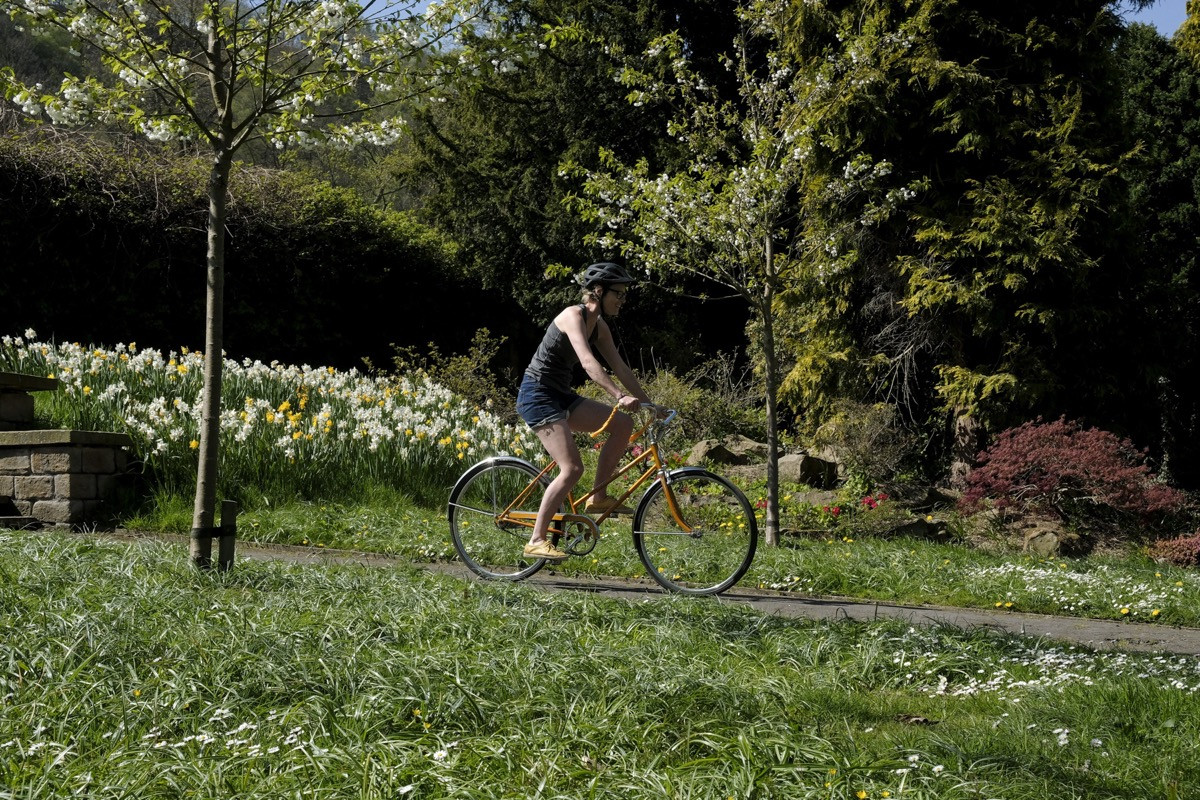 Mountain biker riding comfortably with the best saddle
Mountain biker riding comfortably with the best saddle
Ultimately, saddle comfort is highly personal and depends on your individual anatomy, riding style, and bike setup. What feels like the best mountain bike saddle for one rider might be uncomfortable for another. Finding the perfect combination for you requires experimentation, patience, and attention to detail. Use these guidelines to navigate the process and achieve a smooth, pain-free ride.
Our Team’s Mountain Bike Saddle Preferences
There’s no universal “best” or “worst” saddle. It’s all about individual fit. However, sharing our team’s saddle preferences can provide a starting point for your own search. Consider these as personal recommendations based on our experiences:
Amanda’s Saddle List
- Specialized Power Pro Mimic – YES
- Specialized Phenom Mimic – YES
- Nukeproof Sam Hill – YES
- Charge Spoon – NO
- Most Fiziks – NO
- Anything without a channel – NO
Benji’s Saddle List
- WTB Volt – YES
- WTB SL8 – YES
- Decathlon 30° Light Cycling – YES
- Boardman MTR – YES
- Charge Spoon – NO
- Nukeproof Horizon – NO
- Fizik Gravita Alpaca – NO
Charlie’s Saddle List
- Brooks Cambium C17 – YES
- Fizik Vitesse Women’s – YES
Chipps’ Saddle List
- SDG Bel Air 3.0 – YES
- Fizik Arione – YES
- Fizik Aliante – YES
Hannah’s Saddle List
- Fizik Luna X5 Alloy Women’s – YES
- Fizik Gravita Alpaca – NO
Mark’s Saddle List
- Charge Spoon – YES
- Most WTB – YES
- Most Specialized – NO
Finding the best mountain bike saddle is a journey of personal discovery. We hope this guide provides you with the knowledge to make informed choices and enjoy many comfortable miles on the trails.

